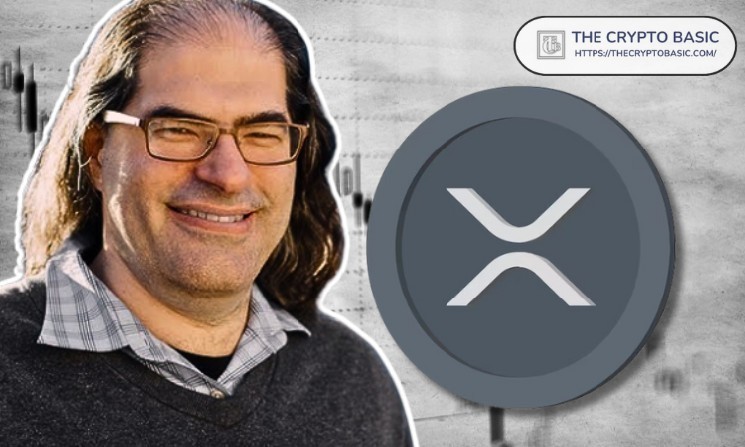
In a recent discussion, a Chainlink proponent attempted to explain to the Ripple CTO, David Schwartz, what XRP is and isn’t. The discussion began after Schwartz defended the XRP Ledger’s (XRPL) model, which avoids paying validators with fees. Responding to questions from Scott Melker (the Wolf of All Streets), Schwartz said this design removes middlemen and allows users to be their own banks. Critic Insists Blockchains Should Charge Fees However, Chainlink proponent Fishy Catfish disagreed. He argued that blockchain networks should collect small fees that flow back to token holders to create a sustainable value system. To him, XRP lacks this kind of structure and depends more on hype and community narratives than real utility. “What XRP Is and Isn’t” Fishy Catfish then tried to define what XRP isn’t and what XRP is. According to him, XRP isn’t a bet on “banks + blockchain” or a utility token tied to financial innovation. Instead, he claimed that XRP is “a bank-themed meme coin” driven by “confused, conspiracy-obsessed” retail investors who mistake Ripple’s announcements for token utility. The critic argued that many investors buy XRP thinking banks will use it for payments, even though Ripple has already told regulators that this isn’t the case. Fishy Catfish described XRP as a “meme coin” driven by retail investors who confuse it with Ripple’s business success. Meanwhile, during his previous commentary, Schwartz had suggested that a blockchain designed to run cheaply would likely win in the long run, even if it doesn’t generate large profits for validators. Catfish disagreed with this, claiming that Ripple’s design decisions, especially the choice to exclude smart contracts, hurt adoption. He argued that the XRPL doesn’t succeed because it relies more on online hype than real-world use. He also accused Ripple of fueling confusion among investors. According to him, many XRP holders don’t understand DeFi tools or blockchain metrics. Instead, they rely on influencer content and promotional tweets to guide their decisions. He even claimed that Ripple encouraged this kind of speculation. Blockchains Need Clear Incentives Also, Schwartz had pointed out that the XRPL still functions as a decentralized exchange. However, Catfish suggested that the real issue isn’t technical but economic. He said that blockchains need clear incentives for those who maintain them. According to him, small fees collected across millions of transactions would create meaningful value for token holders and support long-term growth. Schwartz questioned who benefits from small fees that might decline over time, suggesting that this model doesn’t guarantee long-term sustainability. In response, Catfish said that even small fees can add up through volume and that the shrinking margins across blockchains affect pricing, not the logic behind fee accrual. Critic Claims XRP is Not a Utility Coin At one point, Schwartz also noted that by Catfish’s reasoning, one would regard almost every cryptocurrency as speculative, since most rely on expectations of future demand. Catfish responded that the crypto market splits into two groups: meme coins and tokens that earn revenue. He listed examples such as Ethereum, Solana, Chainlink, and Aave as projects that channel protocol revenue back into their tokens. He claimed Ripple chooses to sell XRP to fund company operations and acquisitions instead of doing this. Responding to Schwartz’s argument that most assets offer similar functions, making it hard to separate them by utility alone, Catfish said blockchains differ widely in their design, use cases, and adoption. He pointed out that while anyone can issue a token, few can build one that aligns with real economic growth. He believes XRP lacks this quality.
Not all RWA growth is real, and the industry knows it
46 min ago
Ethena USDe Market Cap Drops 40% After ‘Black Friday’ October 10 Crash
47 min ago
How this millionaire crypto hacker continues to freely cash out a year later
49 min ago
Bitcoin, Ethereum and Dogecoin Plunge as Crypto Liquidations Top $1.1 Billion
50 min ago
4 Upcoming Crypto Developments You Shouldn’t Miss in November
50 min ago
Polkadot Slumps as Bears Break Key Support at $2.87
1 hour ago